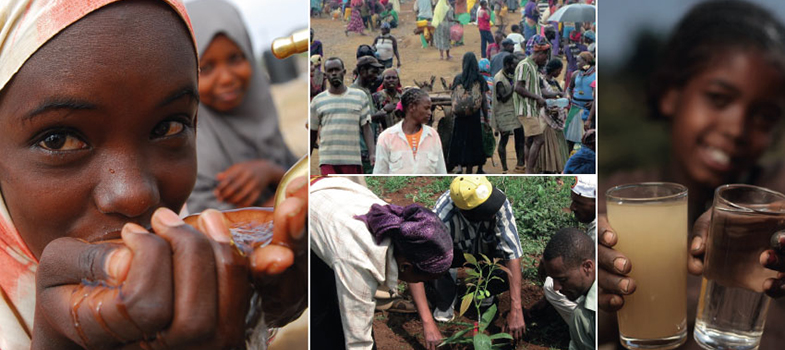Summary of Study Session 1
In Study Session 1, you have learned that:
- ‘Sanitation’ and ‘waste management’ both refer to the appropriate management of waste to protect people and the environment. Sanitation generally focuses on liquid waste and waste management on solid waste.
- Liquid waste includes all types of wastewater and includes human excreta. Solid waste is any solid material discarded by people and is often classified according to its source.
- The ‘sanitation ladder’ illustrates the different types of sanitation provision in order of desirability.
- The waste hierarchy is a guide to the different ways of treating wastes from waste reduction (the best option) through to disposal (the worst option).
- The challenges of rapid and unplanned population growth and urbanisation in Ethiopia make it difficult to achieve acceptable levels of sanitation and waste management quickly.
- Sanitation in Ethiopia has shown significant improvement in recent years. There is less data for trends in waste management.
- There are several Ethiopian policies, strategies, proclamations and programmes that address sanitation and waste management issues.
Back to previous pagePrevious
1.6 Policies, strategies and programmes
